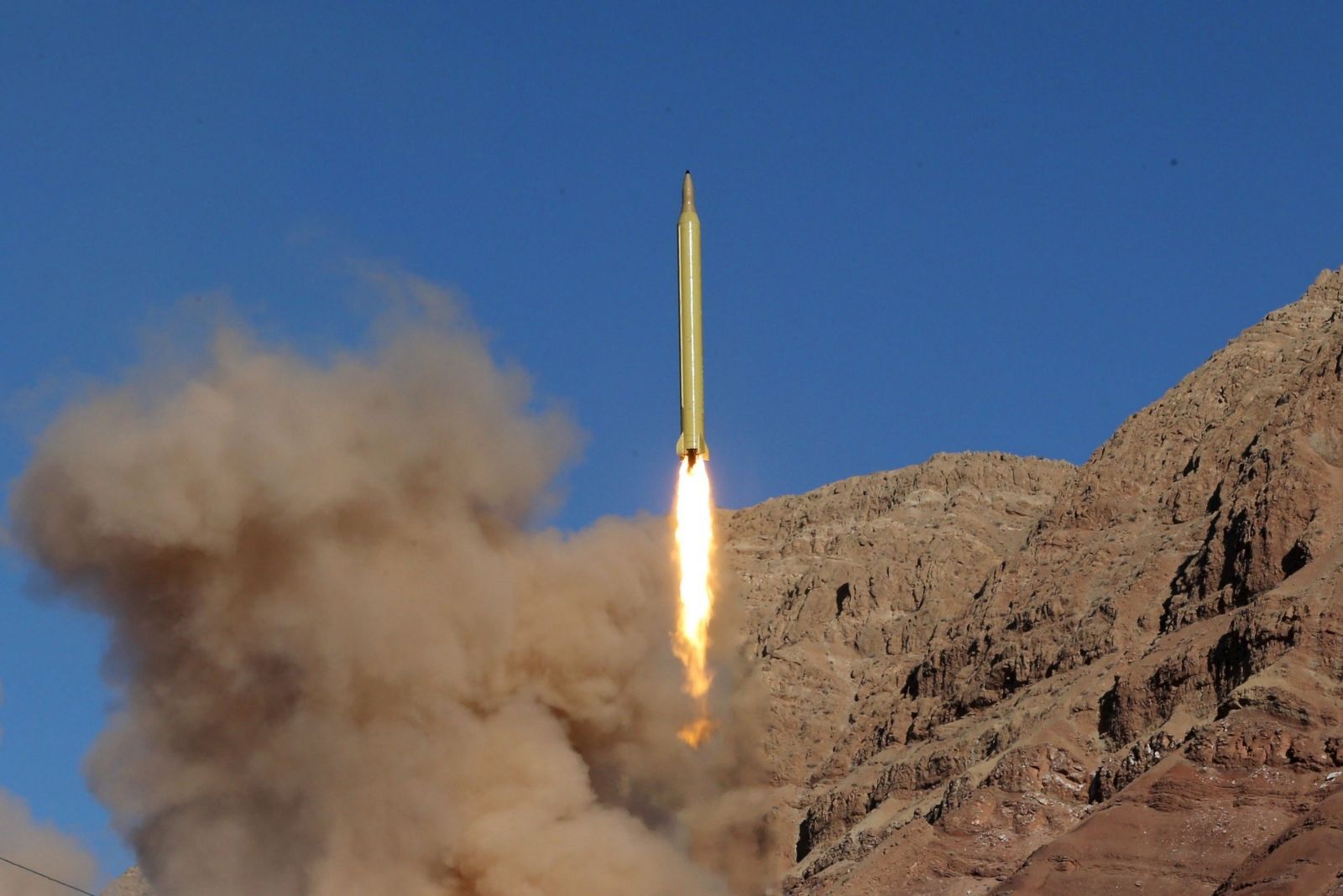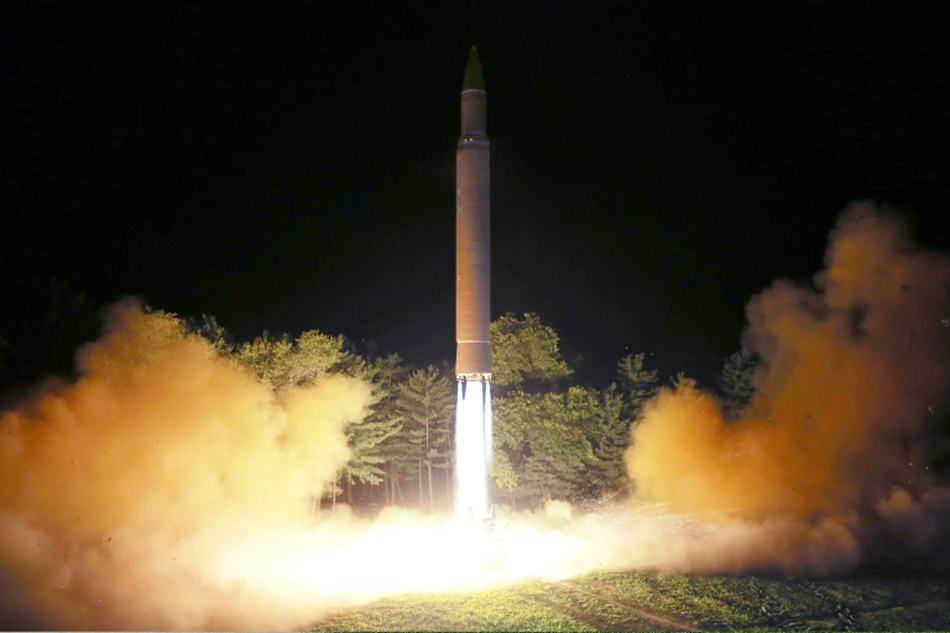The United States has accused Iran of flouting a United Nations Security Council resolution by launching its most advanced satellite-carrying rocket to date.
U.S. State Department spokeswoman Heather Nauert on July 27 said the “provocative act” also violates the “spirit” of Tehran’s 2015 nuclear agreement with world powers.
“We consider that to be continued ballistic-missile development,” Nauert said.
Iranian state television showed footage of the Simorgh (Phoenix) rocket being launched carrying pictures of Ayatollah Ruhollah Khomeini and said the rocket can put a 250-kilogram satellite into an orbit 500 kilometers high.
The State Department said that type of technology is inherently designed to carry a nuclear payload, and Pentagon officials have said the technology can be used to develop long-range intercontinental ballistic missiles.
The UN Security Council resolution passed in 2015 to carry out the nuclear deal discourages but doesn’t explicitly prohibit Iran from launching ballistic missiles that could carry a nuclear warhead.
Iran has said its missiles are needed for self-defense and has argued that its missiles and rockets are not intended to carry nuclear warheads because it is no longer developing such weapons in keeping with its obligations under the nuclear deal in exchange for relief from international sanctions.
Iran also denies Western accusations that its space program is a cover for developing weapons and last year sought to increase cooperation with other nations on joint international space projects.
China’s ambassador to the UN, Liu Jieyi, who has veto powers on the UN Security Council, appeared to back Iran in its dispute with the United States on July 27, telling AP that the latest rocket launch was not “within the scope” of the nuclear agreement.
The United States has insisted, however, that such missile and satellite tests violate the “spirit” of the nuclear deal and has announced a series of sanctions targeting missile tests since the deal was signed.
A sanctions bill passed by the U.S. Congress this week would seal into law sanctions on Iran’s Islamic Revolutionary Guards Corps over its ballistic missile program.
The July 27 Simorgh rocket launch was the first from the new Imam Khomeini National Space Center, named after the Islamic republic’s founder and located in Semnan, some 220 kilometers east of Tehran.
The Simorgh is a two-stage rocket first revealed in 2010. It is larger than an earlier model known as the Safir (Ambassador), which Iran used for previous satellite launches.
Iran has sent several short-lived satellites into orbit over the past decade, and in 2013 launched a monkey into space. But it recently abandoned plans to send humans into orbit, saying the cost was too high.
While Iran says it space program is peaceful, its satellite-launch program is operated by the Defense Ministry, feeding suspicions among Western intelligence agencies that Tehran is covertly developing weapons capabilities through the program.











